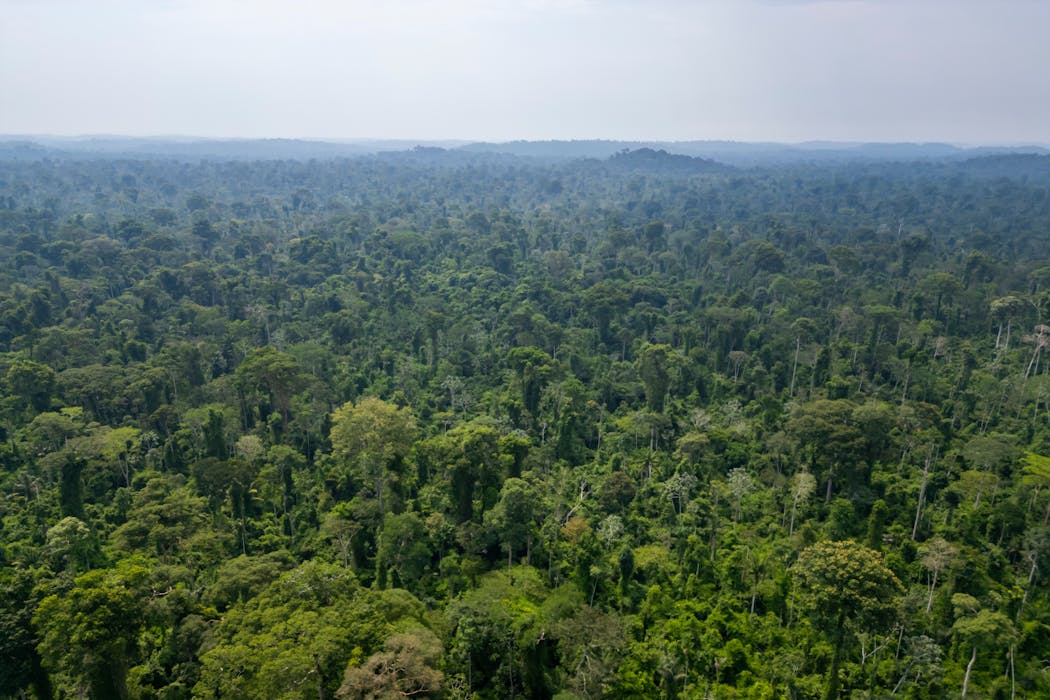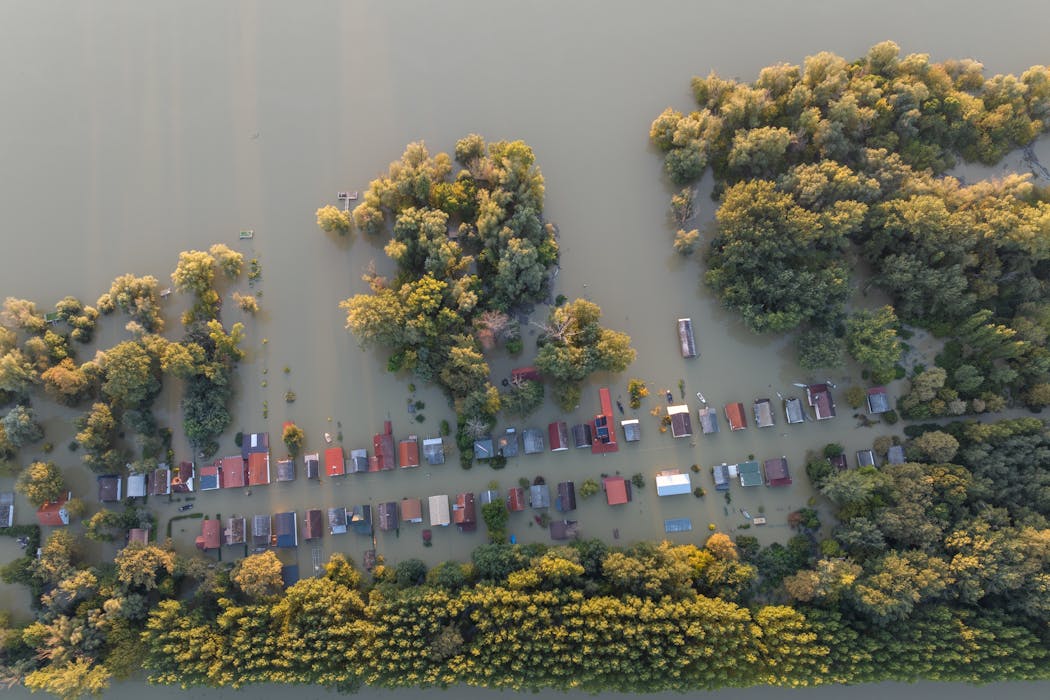Source: The Conversation – UK – By Natasha Slutskaya, Chair Professor, Work and Organization Studies, University of Sussex
In the early days of the pandemic, “solidarity” became a buzzword. As COVID-19 appeared to directly threaten us all, the UK celebrated its key workers who were keeping the country running.
This idea ran through discussions on TV and on social media. The Clap for Our Carers movement had people gathering outside on their doorsteps, applauding, ringing bells, chanting and banging on pots and pans to signal their support.
As a result, the collective reliance on various workforces, such as carers, street cleaners, refuse collectors and supermarket workers, to name a few, became increasingly transparent. Public demonstrations of solidarity with these workers gave the initial impression that the status we attach to such work might be revalued: instead of the low status to which these jobs were assigned before, COVID-19 underlined how essential they are.
However, our research on refuse workers shows that this has not translated into a permanent reevaluation of the benefit key workers bring. On the contrary, instead of a collective shift towards real social solidarity, the pandemic has exacerbated socioeconomic divisions.

G Torres/Shutterstock
Unexpected visibility
Between the UK’s first and the second lockdowns in 2020 and again, in the period after the end of the second lockdown in 2021, we interviewed 41 council workers involved in waste management across four sites in London and south-east England. Two were sites where we had previously conducted ethnographic research among street cleaners and refuse collectors.
We wanted to investigate if, and how, the pandemic affected the way that key workers involved in waste management are recognised. We asked our interviewees to reflect on and compare their experiences of working before, during and after the lockdown. We wondered whether they had noticed any changes in their interactions with the public and how they thought these developments might affect them in the future.
We found that the pandemic gave these workers moments of unexpected visibility and recognition. Not only did this show, to their minds, increased public respect, it also gave them hope that social bonds between workers and the public might be strengthened in the long term. They saw the possibility of a novel, yet seemingly mutual acknowledgement and respect. As Keith, one of our interviewees, put it:
During the pandemic we’re part of it, yes … it’s kind of like the police, the fire brigade, the ambulance, the hospitals, it’s part of the services of a community, working to keep the community functioning, and what we do is part of that.
And yet, this experience of coming together was eroded by the unequal consequences of the pandemic for different social groups. Our participants spoke of the differences they saw in people’s ability to distance themselves from the unpleasant or potentially dangerous aspects of the pandemic.
Whereas these workers still had to go to work everyday, other people did not. Our interviewees also noted the stark gap separating those key workers who performed the riskiest jobs (nurses, carers) and those whose jobs involved little risk and could be undertaken from home.
Another interviewee, Kevin, who works as a dustcart driver said:
COVID’s still going on now, because we’re not out of it yet. But, still, they’ve just carried on as their normal day, stayed at home working, while the likes of me go out there all day. And if I don’t work, I don’t get paid.
This chimed with what Nigel, a litter picker, reported:
They’re at home, comfortable. We get nothing. No nothing. Not even ‘Oh, we’ll give you a couple of days, like a couple of days extra as your holiday so you can recover and that’, nothing.
The pandemic also made broader social divisions more tangible. Our interviewees spoke about those with privilege seeming to lack interest in knowing about the deteriorating living conditions of workers like themselves. This was despite the fact that the activities these workers were doing, like waste collection and street cleaning, were vital for societal functioning. Another litter picker, Bernie, put it plainly:
You see people, you see some people going and spending like £12, £16 a day just on food going and buying lunch, and I sit there and I think: ‘How the hell do you do it?’ Nine times out of ten I have to make lunch just buying basics, you know, like a cheap loaf of bread, cheap bit of meat – luxury is a bit of sauce. They don’t want to think about people like me.
This illustrates the oxymoron of being “visibly invisible”. During the pandemic, keyworkers’ effort became more apparent. At the same time, they sensed little desire from the wider public to consider and challenge the cultural and socioeconomic factors that were negatively affecting their lives.
Our findings chime with research on how nurses, too, experienced the pandemic, with comparable levels of scepticism with regards to positive, long-term transformations. The question is whether, as German sociologist Andreas Reckwitz has argued, we are witnessing an increasing polarisation between different groups and social classes. Our research suggests that the sense that the world can be improved and society become more progressive feels ever more remote.
This has worrying implications for societal solidarity. As inequality grows, the mutual obligations citizens might have towards one another are increasingly being eroded.
All names have been changed to preserve interviewee anonymity.
![]()
The authors do not work for, consult, own shares in or receive funding from any company or organisation that would benefit from this article, and have disclosed no relevant affiliations beyond their academic appointment.
– ref. Our research shows COVID-19 made people appreciate street cleaners more – but it also made their lives harder – https://theconversation.com/our-research-shows-covid-19-made-people-appreciate-street-cleaners-more-but-it-also-made-their-lives-harder-210298










